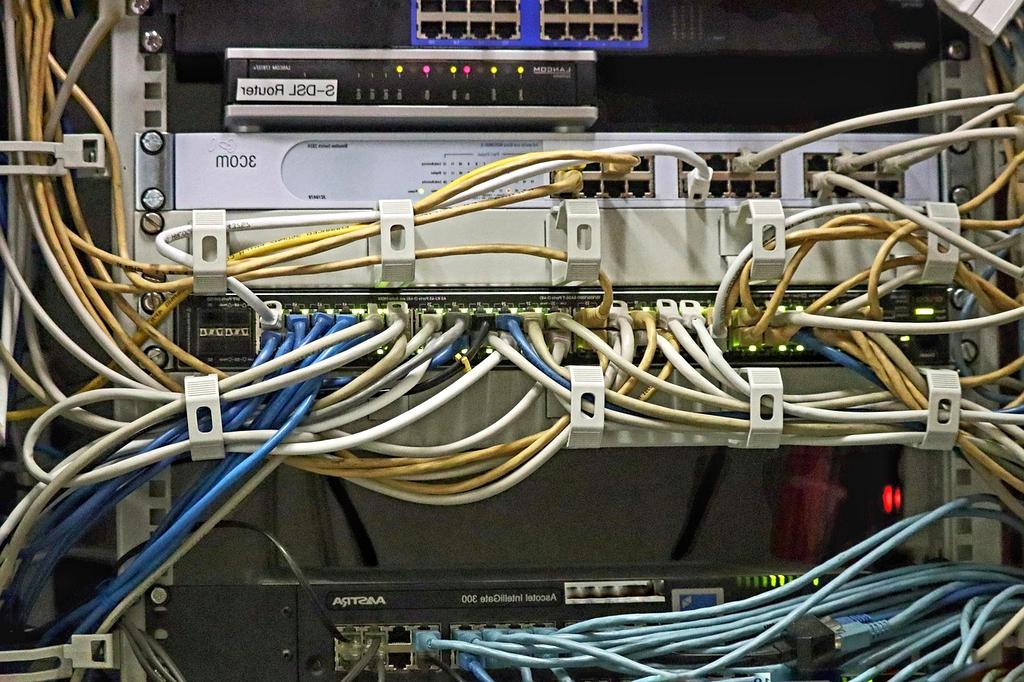On-premises Server Monitoring Tools: Balancing Business Needs and Budget
As businesses evaluate monitoring solutions, many are turning to cloud-based tools, but there remains a strong demand for robust on-premises server monitoring—particularly for organizations with strict security or compliance requirements. Today’s market offers a wide variety of open-source and commercial tools designed to meet these needs without exceeding budgets.

We’ve reviewed key options from eight leading vendors, each delivering unique approaches in terms of setup complexity, ongoing maintenance, support, and licensing costs. Here’s a breakdown of what each tool offers:
Cacti
Cacti is an open-source network monitoring and graphing tool built on RRDtool, renowned for its data logging capabilities. Both Cacti and RRDtool are free and community-supported, making them ideal for budget-conscious organizations already comfortable with Linux systems. However, installation can be challenging for users unfamiliar with Linux, and Cacti primarily focuses on graphing without built-in alerting features.
ManageEngine Applications Manager
ManageEngine offers a comprehensive suite for server and application monitoring, with a modular approach to agents—including options for Oracle, SAP, and custom applications. The licensing is device-based, but agents are sold separately. This scalable model allows organizations to tailor their investment and expand over time. Trials and support options are available, and pricing is structured for various organizational needs.
Microsoft System Center Operations Manager
This solution supports servers, enterprise infrastructure, and applications on both Windows and Linux, with a focus on Microsoft environments. Licensing is based on CPU cores, suitable for larger environments, and full functionality is offered during a 180-day trial. Support is contract-dependent, making it most attractive to enterprises already invested in Microsoft ecosystems.

Nagios Core
Nagios Core is a popular open-source monitoring tool offering basic performance metrics for servers and networks. While it provides a functional GUI, users can enhance its capabilities through community-contributed add-ons or opt for the commercial Nagios XI for advanced dashboarding and reporting features. Operating primarily on Linux, it’s suited to tech-savvy teams seeking extendable functionality.
Opsview
Opsview provides on-premises and cloud agents for both SMBs and enterprises. The free tier allows up to 25 monitored hosts, while commercial offerings support hundreds of hosts, extensive reporting, and a dedicated mobile app. The list of supported agents is broad, covering applications, infrastructure, and cloud resources, with 24/7 support options included.
Paessler PRTG Network Monitor
PRTG licenses by individual sensor, enabling detailed monitoring across application stacks, bandwidth, and specific services like cloud drive capacity. Its demo allows a full 30-day trial, and pricing scales from mid-sized to unlimited deployments. Email-based support is provided for customers.
SolarWinds Server and Application Monitor
With over 1,000 monitoring templates covering systems and applications from Active Directory to virtualization and cloud, SolarWinds offers deep insight through a comprehensive dashboard. The tool also provides troubleshooting assistance, and enterprise-level pricing includes maintenance for large environments.
Zabbix
Zabbix is a free, enterprise-level monitoring solution packed with agent options and customizable dashboards. The platform is well-suited for organizations with Linux expertise and time to configure, offering community-driven support and optional paid assistance for larger needs.

The Bottom Line
Server monitoring solutions vary widely in their feature sets, pricing structures, and ease of use. Open-source platforms can offer flexibility at the cost of setup complexity, while commercial products deliver comprehensive support and cloud-readiness, often at a premium. IT teams should assess dashboard usability, alerting capabilities, and future scalability when selecting a tool—and ensure their team is ready for the demands of the chosen platform.


